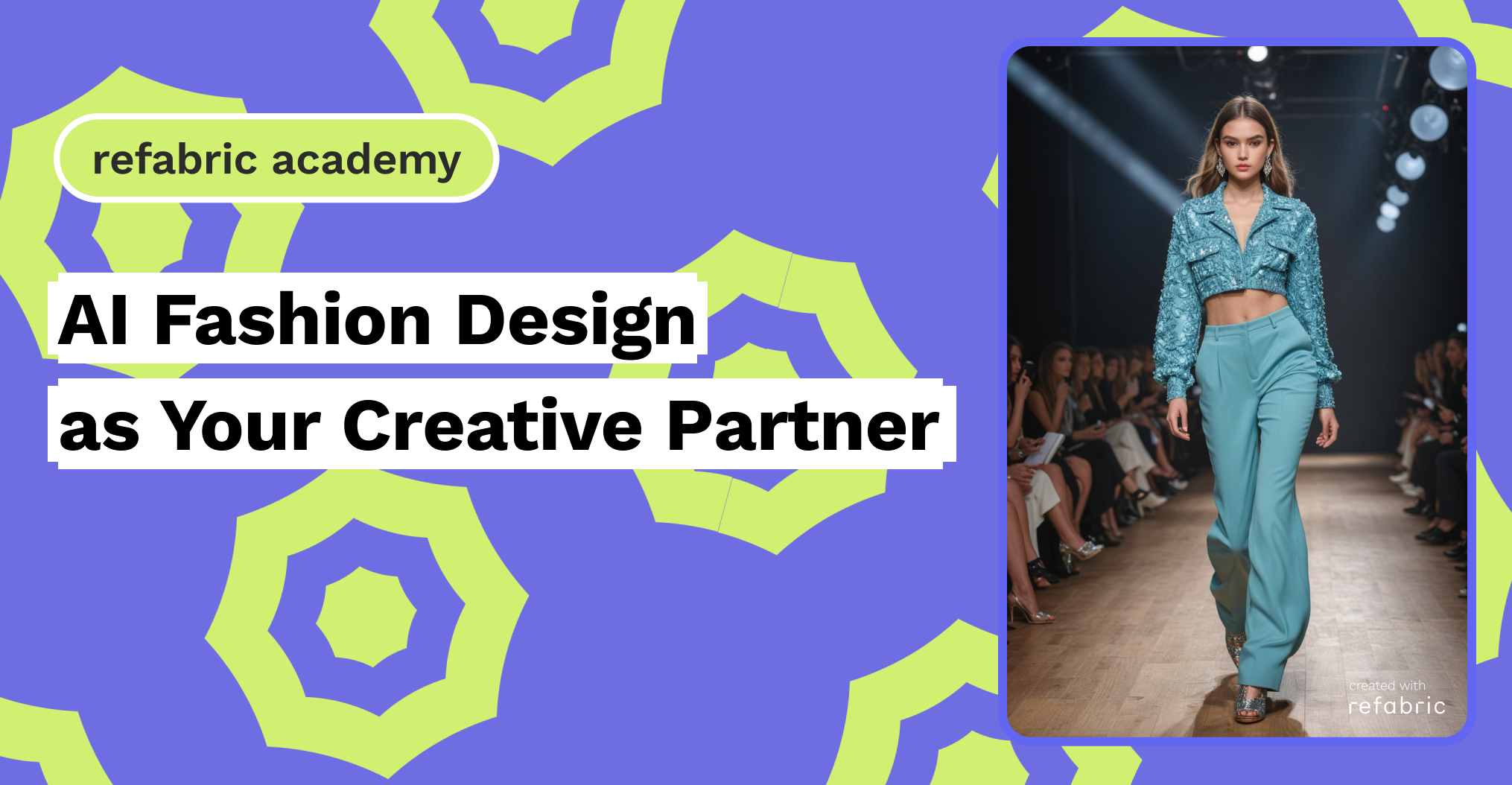In the evolving world of fashion, AI fashion design is becoming an integral part of creative teams, enhancing the design process with the unique capabilities. AI’s ability to process and analyze vast amounts of data allows it to identify emerging trends and generate innovative design proposals. This capability makes AI an invaluable partner in the creative process, providing fashion designers with fresh perspectives and unexpected combinations of patterns and materials.
Enhancing Creativity Through AI Fashion Design
In the creative landscape of fashion design, AI can be seen as a potential team member, bringing a unique set of skills that complements human creativity. AI’s ability to sift through vast amounts of data enables it to identify emerging trends and inspire fashion designers with novel pattern and fabric combinations that might not be immediately apparent. For instance, using generative design tools, designers can input certain parameters—such as color schemes, themes, or historical fashion influences—and AI can generate multiple design variations, providing a creative springboard for fashion designers to refine and transform.
Pioneering the Future of AI Fashion Design
AI’s impact on fashion design isn’t limited to creativity and collaboration; it also extends into sustainability and efficiency. By analyzing production processes and material usage, AI can help designers make more eco-friendly choices, reducing waste and optimizing resource utilization.
For example, AI can predict fabric waste during pattern cutting and suggest adjustments to minimize it, contributing to a more sustainable fashion industry. Additionally, AI-driven predictive analytics can forecast consumer demand with remarkable accuracy, allowing designers and manufacturers to produce garments that align with market needs, thereby reducing overproduction and unsold inventory. This intersection of technology and fashion not only fosters creativity but also champions sustainability and responsible consumption, paving the way for a more ethical and innovative future in fashion design.
Fostering Collaboration with AI Fashion Design
Moreover, AI can facilitate real-time collaboration among fashion design teams spread across different locations, synthesizing inputs from various team members and maintaining a cohesive design strategy. This can enhance the creative synergy within teams, making the design process more dynamic and interconnected. As AI technologies evolve, they could potentially understand and replicate creative preferences and styles, becoming more integrated into the creative core of fashion design teams, thus reshaping the traditional boundaries of fashion creativity.
AI’s role extends beyond mere suggestion; it facilitates real-time collaboration among geographically dispersed teams, ensuring that ideas flow seamlessly and cohesively. As AI tools grow more sophisticated, they begin to adapt to specific creative styles and preferences, potentially mimicking and enhancing the unique creative signatures of their human counterparts.
Incorporating AI into fashion design teams does more than streamline operations—it encourages a more dynamic and innovative approach to fashion, pushing boundaries and redefining creativity. As the fashion industry continues to evolve, the partnership between fashion designers and AI will likely become more profound, blending human creativity with machine efficiency to create groundbreaking designs.
